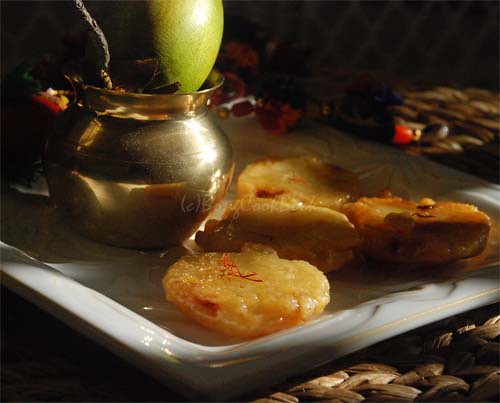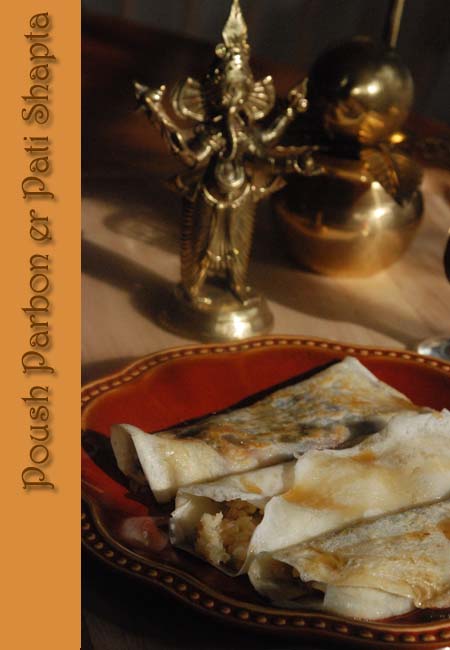Phenaa Bhaat in all Bengali Homes == Bengali Rice Congee in a restaurant.
Few days back, I was talking to Pritha Di( the famous Pritha Sen) about typical Bengali breakfasts served in Bengali middle class homes until a few years back.
" Don't tell me about Luchi, Parotta, Kochuri. Tell me something else, " I said.
That is when memory of this ubiquitous dish, ever present in our childhood mornings, came back.
For the first ten years of my life, I remember rushing through the morning, sleepy eyed and grumpy to catch the school bus somewhere around 8 AM. What I cannot fathom is, how I managed to eat a hot breakfast of soft cooked rice, mashed potatoes and boiled eggs with a pat of melting Amul Butter, that early!! My daughters can barely finish a bowl of cereal in that time.
But it wasn't me alone. Millions of Bengali kids fortified themselves with a similar breakfast and probably still do. It is a healthy, one pot meal. easy for the mothers to cook and definitely good for the kids who swallow the soft morsels hurriedly in the morning.
In PrithaDi's home it was known as "Jau Bhaat". In mine "Phenaa Bhaat" and if the starch was drained then "Seddho bhaat" or "Bhaate Bhaat".
In those days, we had no idea that other Asian kids, strewn around China, Taiwan, Japan, Korea, Philippines, Myanmar are probably eating a similar gruel called Congee as their breakfast.
The key to the Bengali "Phenaa Bhaat" is the rice. It has to be a short grained rice and if a fragrant one, all the more better. So the natural choice is Gobindobhog rice. In its absence you can use Kalijeera or any other local short grained rice. The rice is to be cooked with lots of water and vegetables to a starchy gruel like texture. The vegetables vary with season and shouldn't overpower the dish. During summer it is usually potatoes, and then you pick couple of choices from okra, pumpkin, radish and green papaya. In the winter, there is carrots, sweet peas, cauliflower and of course potatoes.
Once cooked, the vegetables can be mashed separately and served with the dish. Some of the vegetables like pumpkin, potatoes and papaya can just be roughly mashed into the rice itself. My mother used to also serve fried fish with the seddho bhaat when she was pressed for time. All of this would be topped with Ghee or a pat of golden Amul butter.
I like it when the dish has a silky and smooth texture and served with eggs. I also like to dress it up with some green chili and ginger slices fried in mustard oil.



























